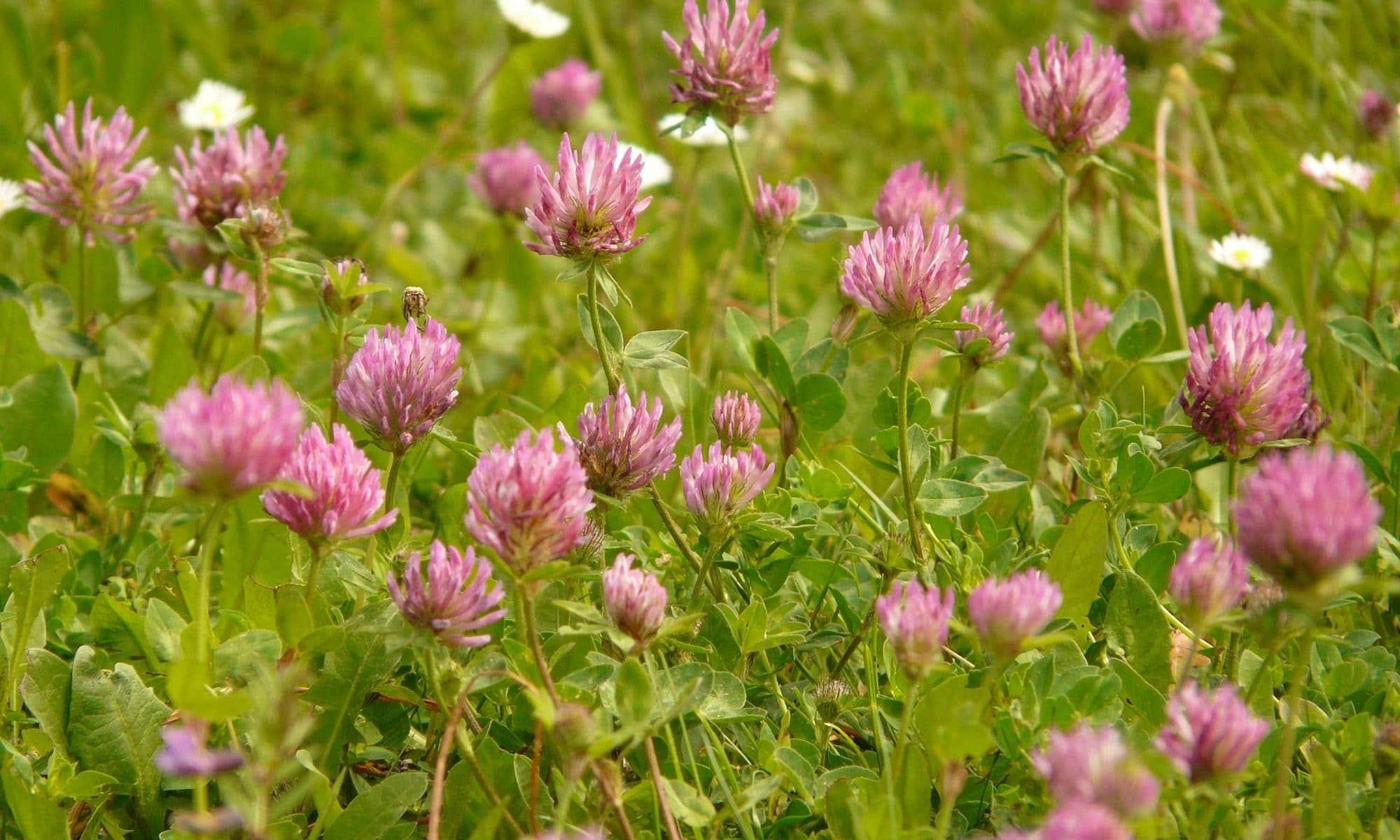Author: Atkinson C et al
Publication: Am J Clin Nutr. 2004 Feb;79(2):326-33
During menopause, lower levels of estrogen play an important role in osteoporosis. Treatment of women with estrogens has a beneficial effect on the bones, but is not without health risks such as increased risk of breast cancer. Isoflavones, which can be found mainly in soybeans and red clover, have a similar structure to mammalian estrogen and act as weak estrogens. Epidemiological studies show that Asians, who traditionnaly consume large quantities of soy, have lower rates of hip fractures than Western people. However, red clover isoflavones have not been much investigated in clinical studies for their effect on the bone health of women. Red clover isoflavones, unlike soy isoflavones, contain large quantities of biochanin and formonetin.
The objective of this study was to determine the effect of isoflavones from red clover on bone density. The red clover isoflavones were given to 205 postmenopausal women in the form of red clover supplement (Promensil, Novogen) containing 26 mg biochanin, 16 mg formonetin, 1 mg genistein and 0.5 mg daidzein. After consuming the isoflavone supplement during a period of 1 year the biochemical markers of bone turnover and bone density we measured.
At the start of the study (baseline) there were no significant difference in characteristics (calcium intake, vitamin Dintake, hip bone density, spine bone density and markers of bone turnover) between the placebo group and the isoflavones group.
The researchers found that loss of lumbar bone mineral content and bone mineral density were significantly lower in the group of women taking the red clover isoflavones supplement. There was no significant change in bone mineral content or bone mineral density of the hip. The spine contains relatively more trabecular bone, which is metabolically more active than the corticol bone. The hip contains a relatively large proportion of cortical bone, which is less metabolically active. In addition, the measurement of bone mineral content of the hip is less accurate than that of the spine. This could explain why the influence of isoflavones was more noticeable in the spine.
The study concluded that red clover isoflavones could have potential protective effect on the lumbar spine of women. This study investigated the effect of red clover isoflavones over a short period of 1 year. More long term studies are required to determine the effect of isoflavones on bone mineral content, bone mass density and actual fracture rates.
